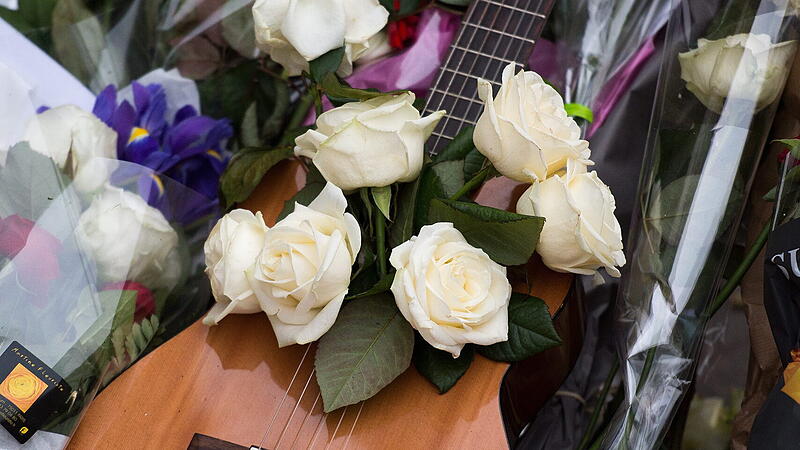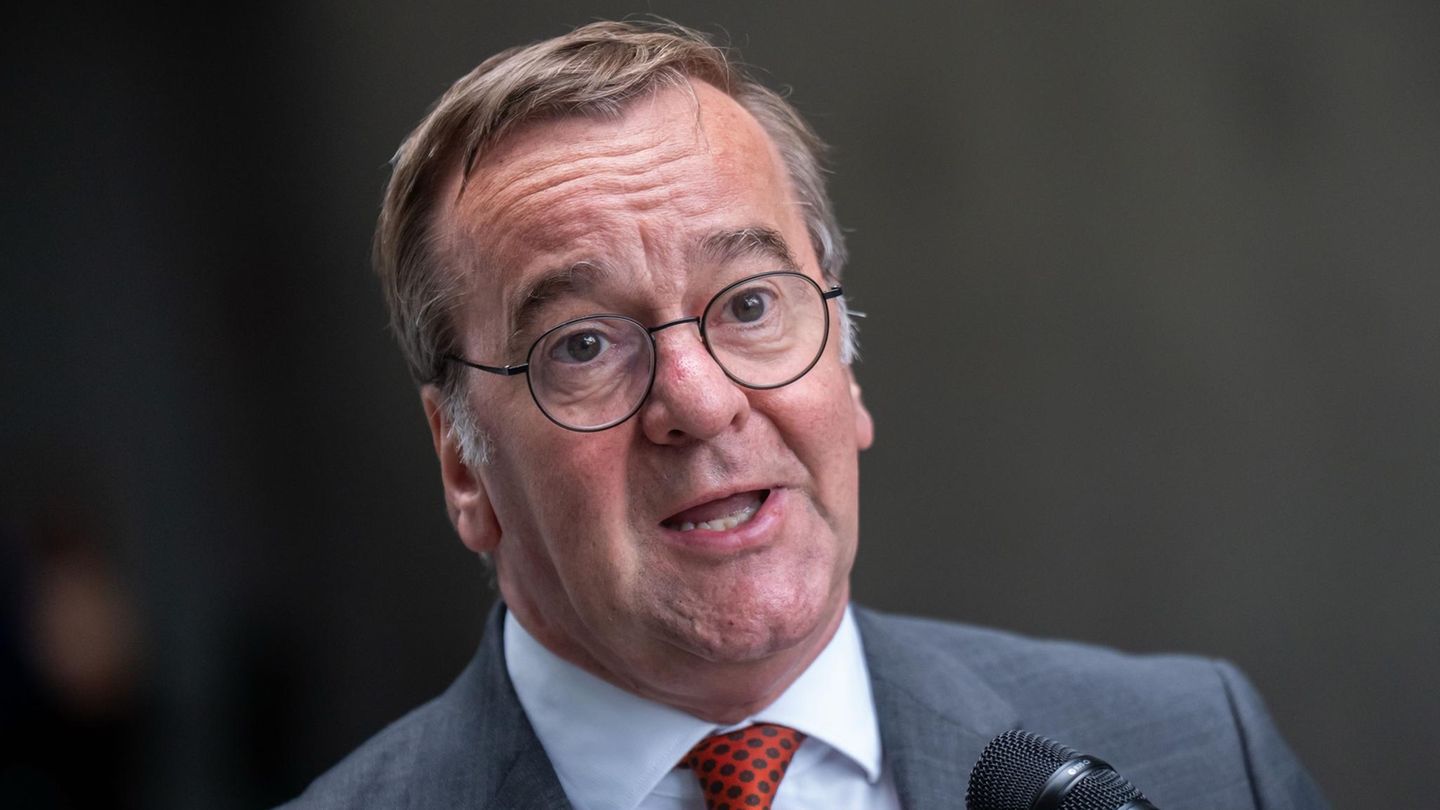Image: APA/EPA/MARIUS BECKER
Bataclan. A name like Charlie Hebdo or 9/11 – a trauma burned into the DNA of an entire nation.
On Friday, November 13, 2015 ( vendredi 13), seven IS fighters blew themselves up in the concert hall of the Bataclan music club in Paris, on the terraces of several cafés and in front of the Stade de France, killing 130 people and injuring almost 700. The investigation lasted six years until 20 defendants were tried in Paris on September 8, 2021, in a specially built courtroom.
Over a period of ten months, French writer and film director Emmanuel Carrère attended France’s “Trial of the Century” every day. His resulting book, which has now been published in German, not only recalls the horror of that Friday the 13th to the limit of what is bearable, but also illuminates the before and after, the background. The fact that Carrère does not exclude personal impressions and sensitivities further strengthens the pull of reading. In the end, you are not only affected and touched, but also gain insight into phenomena such as IS or jihadism. The book’s great strength, however, lies in its diversity. Emmanuel Carrère gave them all a voice…
… the survivors among the 1,000 spectators in Bataclan, like Thibault, who thought during the attack “this is my last breath” and later said, “the only thought that calmed me down was that I don’t have children,” or Lydia, who first saw the panic of the musicians on stage, and when her leg was later caught in the crowd, asked “if anyone had a knife with me to cut off my leg.” Pierre, in turn, describes the assassins’ approach as follows: “They took a break to reload, after which it was no longer so random, but rather targeted: bullet by bullet, very specifically. A scream, a shot, a cry, a shot, one Telephone ringing, a shot.”
… the police officer of the task force, who wade through corpses that are wedged together, who slide through pools of blood, who rescue victims with 30 bullet holes, sometimes with four people because they are so soaked with blood. The former head of the French foreign secret service also has his say. He admits that his services “messed up” because in August 2015 no one believed the statements of a “small” jihadist who explained what one of the main masterminds was up to – namely “finding an easy target in a place where a lot of people. A concert hall. A rock concert. And I can assure you that will happen very soon.”
… the defendant like Salah Abdeslam, the only surviving member of the nine-member terrorist squad, whose explosive belt did/wasn’t detonated and who always refused to testify during the six-year investigation, or IS fighter Sofien Ayari, who spoke “exceptionally” for six hours because he He says he owes it to this woman who lost her daughter on one of the terraces and who reminds him of his mother.
… the hero like Sonia, who comes to the trial even though she was declared dead and now has to live with a new identity because she identified one of the masterminds of the attacks and reported it to the police.
… the survivors like Patrick, father of the murdered Lola, who congratulates the police officers on having “gunned down” one of the assassins and admits to being “full of hatred”, or George, who also lost a child and calculated that there was a chance of becoming a victim in France of a terrorist attack is two in a million, and yet still fights to bring victims and perpetrators into dialogue. In memory of his daughter, he wrote a book about love and grief and another about a dialogue with the father of one of the attackers, which was met with much criticism.
… the experts such as the Belgian investigating judge Isabelle Panou, who explains how radical Islam was able to gain a foothold in the home of the attackers, the Brussels district of Molenbeek and in Belgium. The Arabist Hugo Micheron, who interviewed more than 100 jihadists, explains at the trial that jihadists do not see themselves as social cases or victims, but rather as heroes, as the vanguard of a global movement of conquest, which is why de-radicalization programs are usually doomed to failure.
… the only chosen onelike Guillaume, who comes face to face with one of the suicide bombers and is spared because he supposedly recognizes him as one of them.
… the celebrities, such as former President Francois Hollande, who testified, as did the singer of the Eagles often Death Metal, the band that played at the Bataclan on November 13th. Survivors of the terrorist attack form a line as the frontman enters the courtroom, who in turn hugs each of them after his testimony.
… the forgotten onelike Guillaume, the survivor suspended between hypochondriacal madness and depression, who takes two years and six days to become the 131st victim…
Emmanuel Carrère: “V13 – The terrorist attacks in Paris”, from the French by Claudia Hamm, Verlag Matthes & Seitz Berlin, 275 pages, 26.50 euros
more from literature
Julia Kröhn: The woman with eight names
The man who couldn’t save Kennedy
Ian McEwan in dialogue with George Orwell
Aglaia Szyszkowitz: “Coming down scared me”
: Nachrichten
I am an author and journalist who has worked in the entertainment industry for over a decade. I currently work as a news editor at a major news website, and my focus is on covering the latest trends in entertainment. I also write occasional pieces for other outlets, and have authored two books about the entertainment industry.




